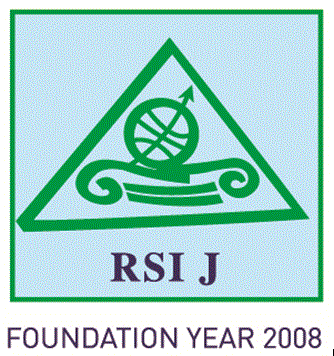Daniela- Luminița CONSTANTIN
Professor at the Department of Administration and Public Management, The Bucharest University of Economic Studies; Bucharest; Romania
danielaconstantin_2005@yahoo.com
Abstract
The current approaches of territorial inequalities from the perspective of territorial cohesion in relation to the European Social Model bring into discussion the concept of spatial justice, which combines place-based with people-based prosperity and points to adequate social and spatial integration models. It has been supported by the “Europe 2020” strategy and will get even stronger emphasis in the new programme period, 2021-2027. In this context, the analysis of territorial inequalities at deeper level of spatial disaggregation gets a special significance for the design of the future regional policies, which will incorporate an important spatial justice component. It will entail a growing need for data at NUTS3 and LAU levels as well as for microdata (usually obtained on the occasion of population censuses). At international level there is already a growing interest in doing research at these levels by both institutions that support cohesion policy and individual authors. Starting from these overall considerations this paper proposes an overarching review of selected relevant studies undertaken in Central and Eastern Europe in order to highlight significant aspects of deeper territorial inequalities, as useful hints for the prioritisation of the EU funds allocation to less developed areas and for laying good foundations for the regional policies in these countries. The paper brings about a twofold contribution, namely a discussion of the difficulties that have to be faced for the construction of appropriate databases and proper methodologies as well as the emphasis on those territorial inequalities that are better captured at deeper disaggregation levels.
Keywords: territorial cohesion, spatial justice, overarching review, territorial inequalities, disaggregation level,
JEL classification: R11, R12, R19
pp. 315-326
